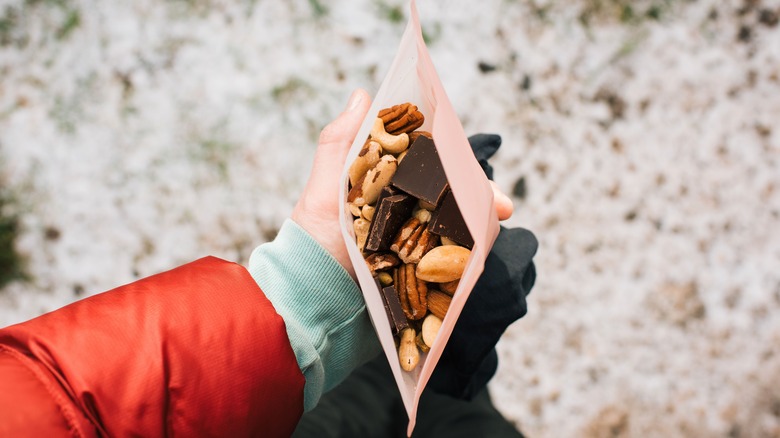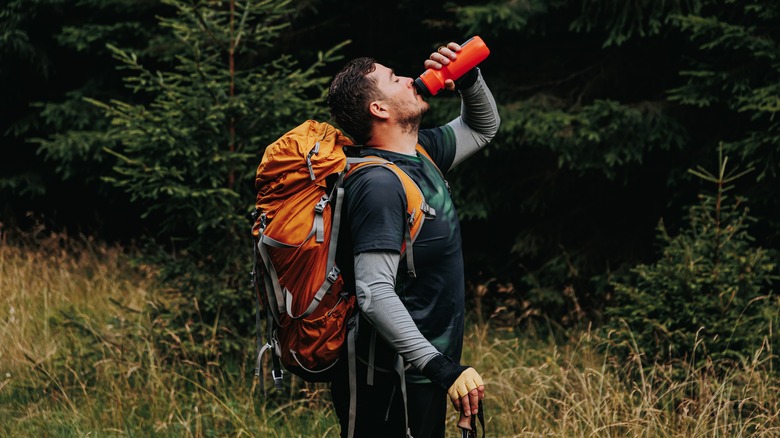Shhh, can you hear that? It’s the sound of some of the best long-distance hiking trails calling out your name! From the Pacific Crest Trail to the Appalachian Trail, it’s no surprise that the thought of conquering massive distances and beautiful landscapes would thrill so many hikers — encouraging them to prepare extensively for what should be a once-in-a-lifetime trek. And while things like choosing the best and safest hiking gear, training your body to withstand the physical demands, and mapping out detailed routes certainly matter, there’s one more crucial element that first-time thru-hikers often overlook: accurately calculating their food and water needs.
After all, while physical fitness is clearly important — you wouldn’t want to attempt a thru-hike without proper conditioning — your body’s fuel requirements on a long-distance trail are just as vital. Drastically different from what you’d normally consume in your everyday life, thru-hikes require a lot more calories and hydration. Even experienced hikers sometimes get caught off guard by just how different hunger feels after weeks (or months) on the trail compared to something like a weekend trip or day hike.
That said, not adequately preparing with the right nutrition and hydration is a pretty common mistake that can easily derail any thru-hike adventure. Because without proper fuel, your body simply can’t perform the way you need or want it to: Energy levels drop, recovery slows down, and your ability to enjoy the experience practically vanishes. In the worst cases, it can even lead to some pretty dangerous situations that force hikers off the trail entirely.
Packing the right amount food for a thru-hike
Put simply, you’re probably going to need a lot more food than you think on a thru-hike. On average, your body burns around 350 calories while hiking on relatively flat terrain — sometimes even more at higher altitude or during challenging sections. So if you’re planning on hiking for around 8-10 hours a day, your calorie total can quickly add up to 3,000-5,000 daily. And considering that this is substantially higher than your normal daily intake, knowing exactly what and how much food to bring can help you feel better prepared for a long hike.
Specifically, you’ll want to focus on calorie-dense foods that give you maximum energy while minimizing weight and aim for meals and/or snacks that provide around 120 calories per ounce. A few good options include trail mix, energy bars, nut butters, and pre-made backpacking meals. Additionally, quick-cooking carbs also help you save fuel and time. This means that you can pack handy staples like instant potatoes, ramen, couscous, and pasta sides to help you maintain energy throughout your hike. Lastly, don’t forget to bring along enough protein for muscle recovery. Tuna or chicken packets, textured vegetable protein, and protein powders are all great options to help you keep up your energy levels and promote recovery.
Beyond that, plenty of hikers also recommend that you pack out vegetables like arugula or peppers — especially for the first few days before you can resupply — to add a little variety to your meals. As a final tip, make sure you always test your food choices before your trip. What tastes good at home might start to seem pretty unappetizing after weeks on the trail, and you definitely don’t want to get caught midway with something you don’t want to eat.




